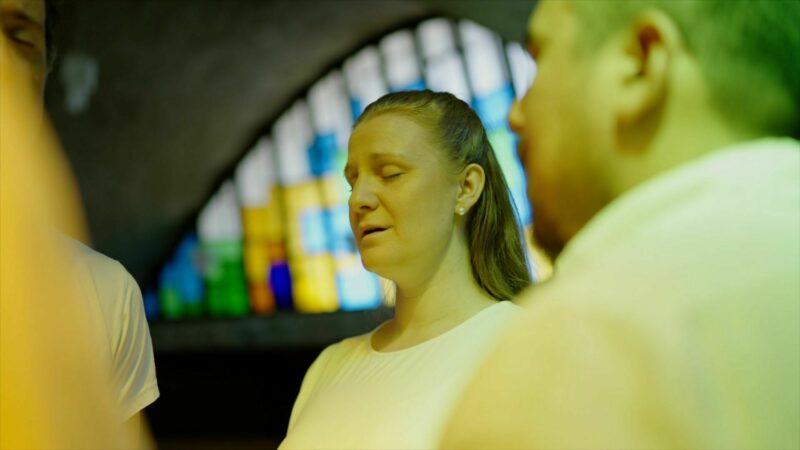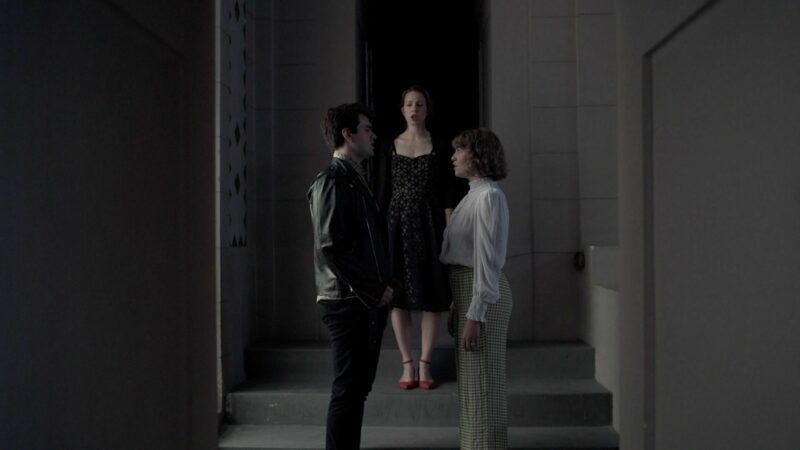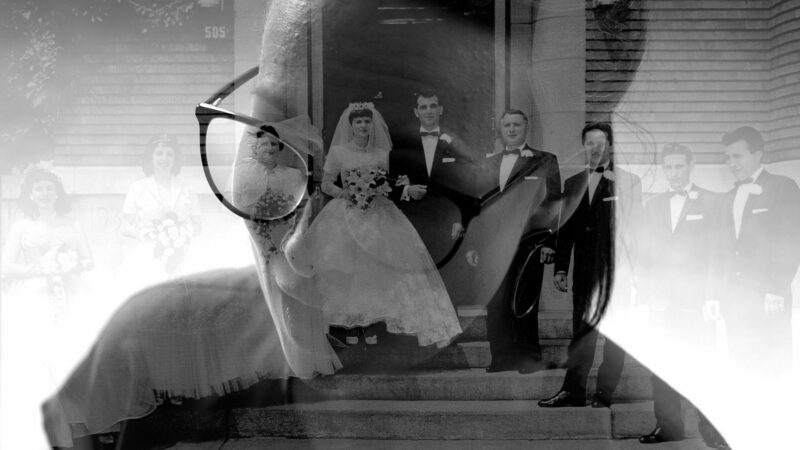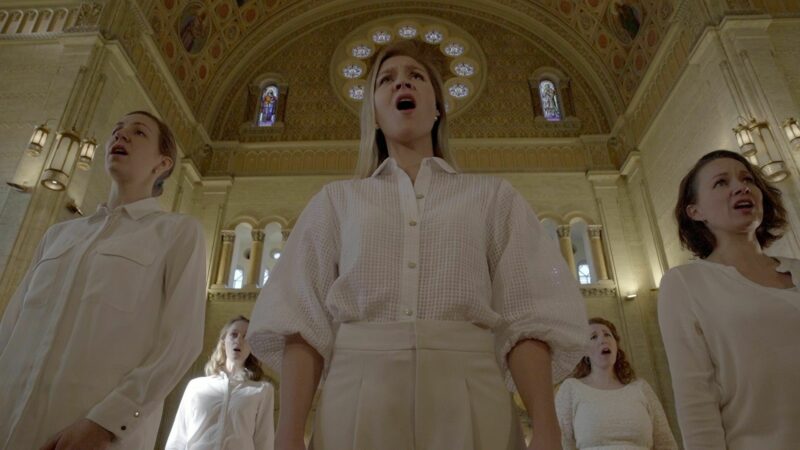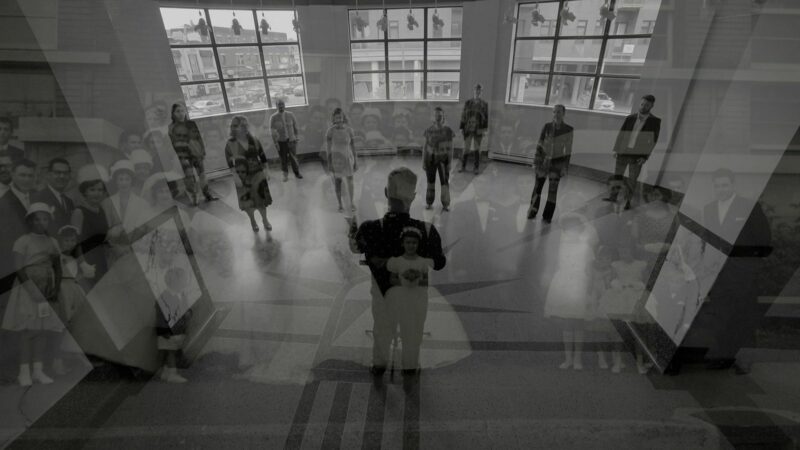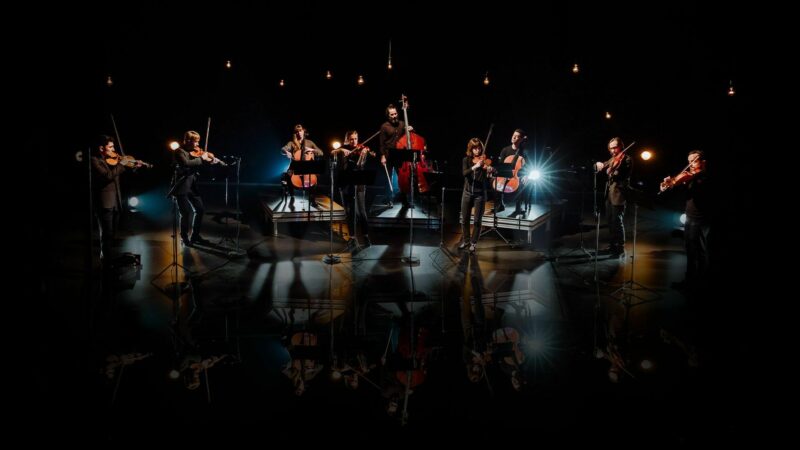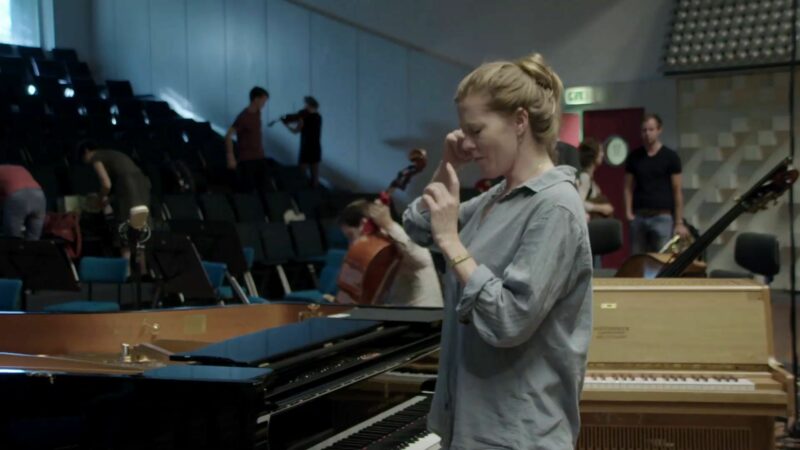
In 1889, Giuseppe Verdi, the famous 19th century opera composer, used an unusual scale, the “scala enigmatica”, to structure the four sections of his “Ave Maria”.
The scale, first heard in the basses, then the altos, passing then to the tenors to finish with the sopranos, is the pillar of this composition. Its asymmetry and abstraction constitute an unstable structure for the musical edifice, which magnifies the proximity of contrasting harmonic colors which follow one another with rapidity and surprise.
Made official in the Middle Ages, the “Hail Maria” is a fundamental prayer to the devotion of the faithful, associating maternal love with religious feeling. Verdi stages these two aspects of the prayer by opposing moments of religious contemplation with emotional outbursts, typical of the writing of Italian opera. The result is an extraordinary work that combines religious inspiration and lyrical expressionism.
The scale, first heard in the basses, then the altos, passing then to the tenors to finish with the sopranos, is the pillar of this composition. Its asymmetry and abstraction constitute an unstable structure for the musical edifice, which magnifies the proximity of contrasting harmonic colors which follow one another with rapidity and surprise.
Made official in the Middle Ages, the “Hail Maria” is a fundamental prayer to the devotion of the faithful, associating maternal love with religious feeling. Verdi stages these two aspects of the prayer by opposing moments of religious contemplation with emotional outbursts, typical of the writing of Italian opera. The result is an extraordinary work that combines religious inspiration and lyrical expressionism.
| Director | Luigi Capasso |
| Production Manager | Charles St-Onge |
| Artistic Direction | Xavier Brossard-Ménard |
| Camera | Luigi Capasso, Stéphane C. Fortin |
| Sound | Simon Bellefleur |


Production
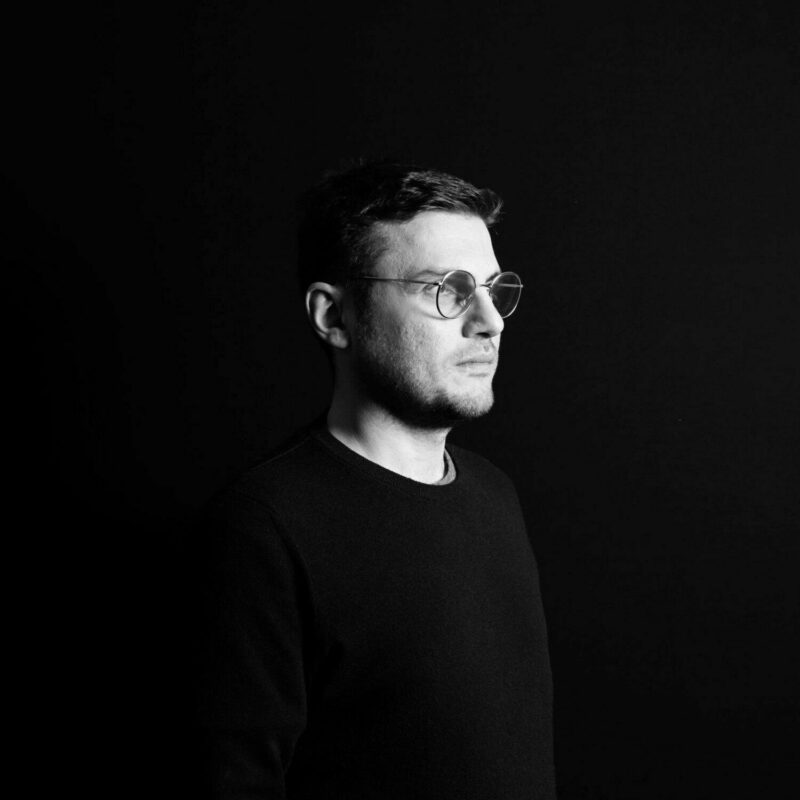
Luigi Capasso
Luigi Capasso is an Italian director and photographer living in Montreal.
After academic studies in painting and photography at the Académie des
Beaux-Arts de Naples, he moved to Canada in 2013 where he began working
as a director of photography and director for advertising.
Since 2015 he has been working on the Zoomlab project, an independent audiovisual production studio dedicated to the creation of documentary and experimental films, particularly interested in creating films about art, culture and food.
After academic studies in painting and photography at the Académie des
Beaux-Arts de Naples, he moved to Canada in 2013 where he began working
as a director of photography and director for advertising.
Since 2015 he has been working on the Zoomlab project, an independent audiovisual production studio dedicated to the creation of documentary and experimental films, particularly interested in creating films about art, culture and food.
You would like








